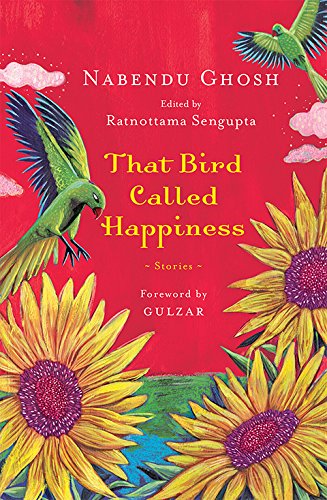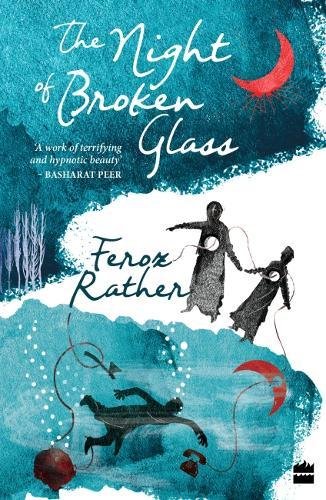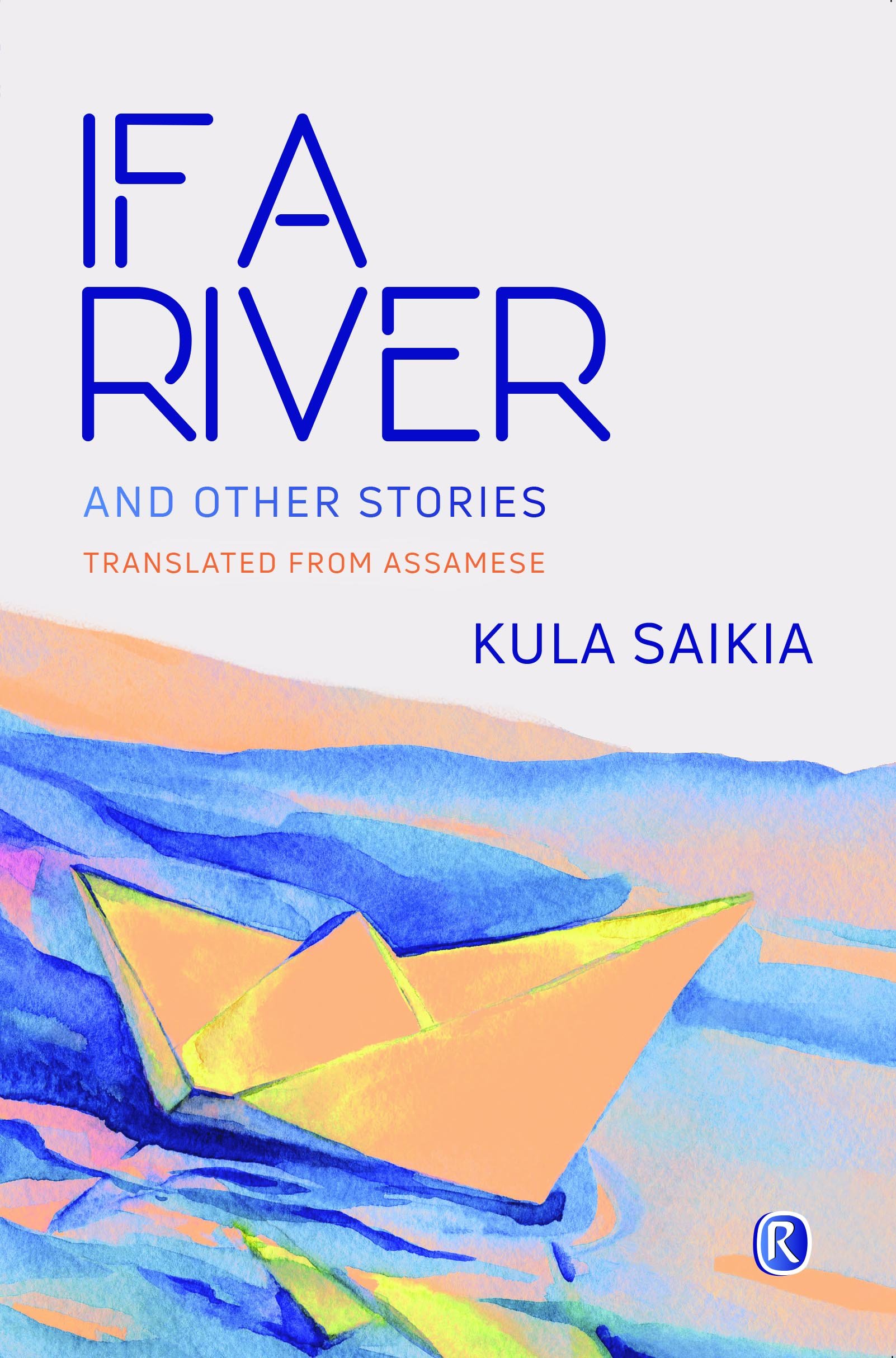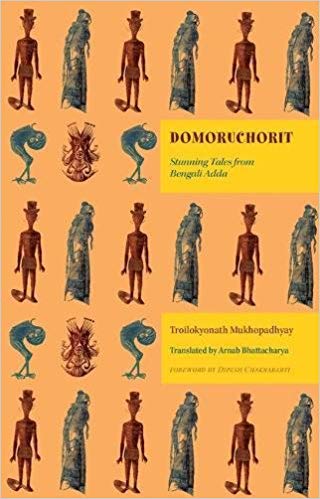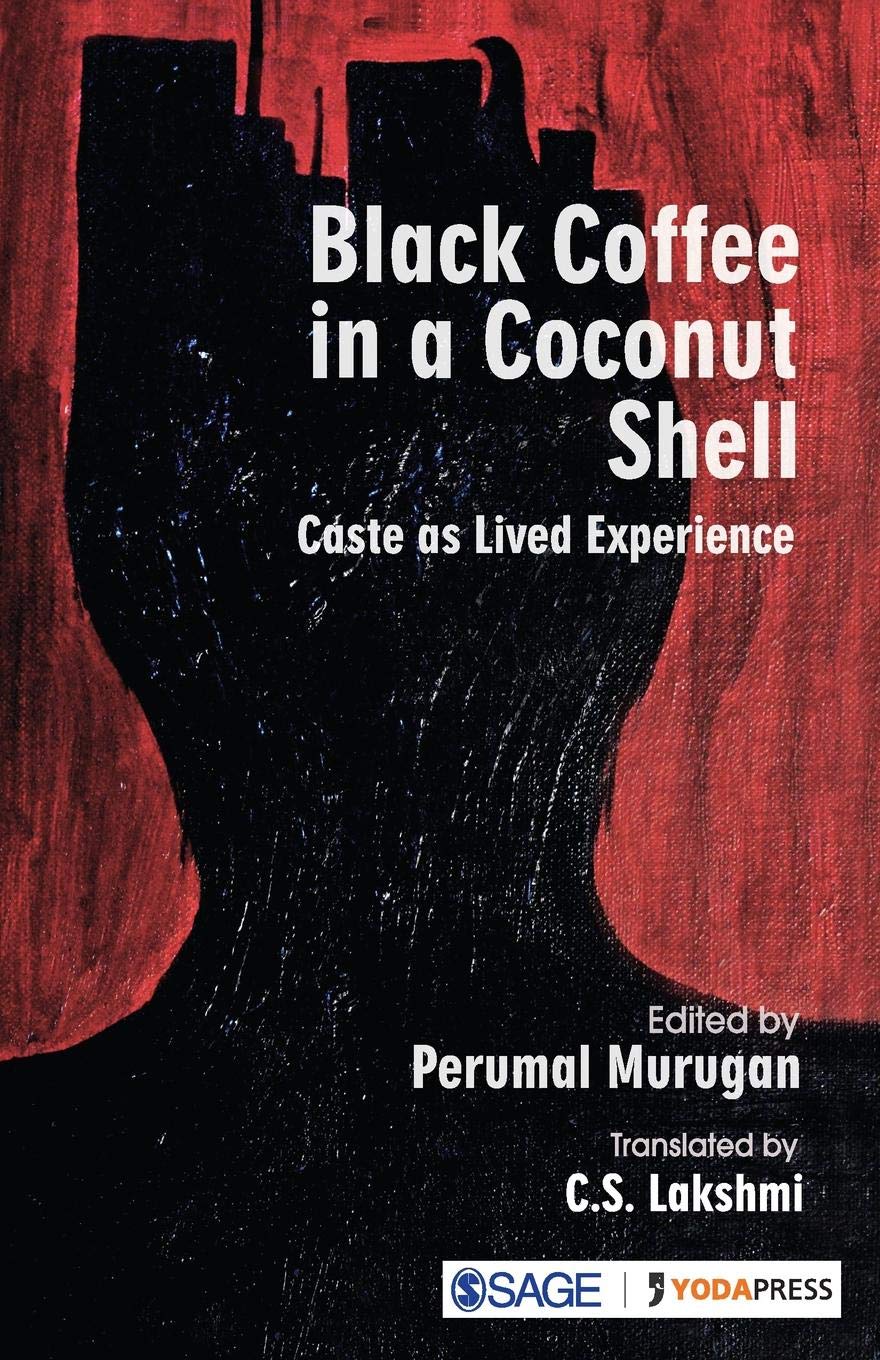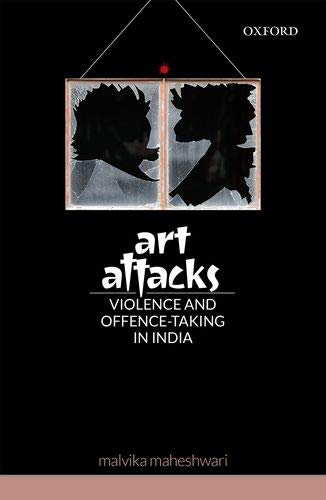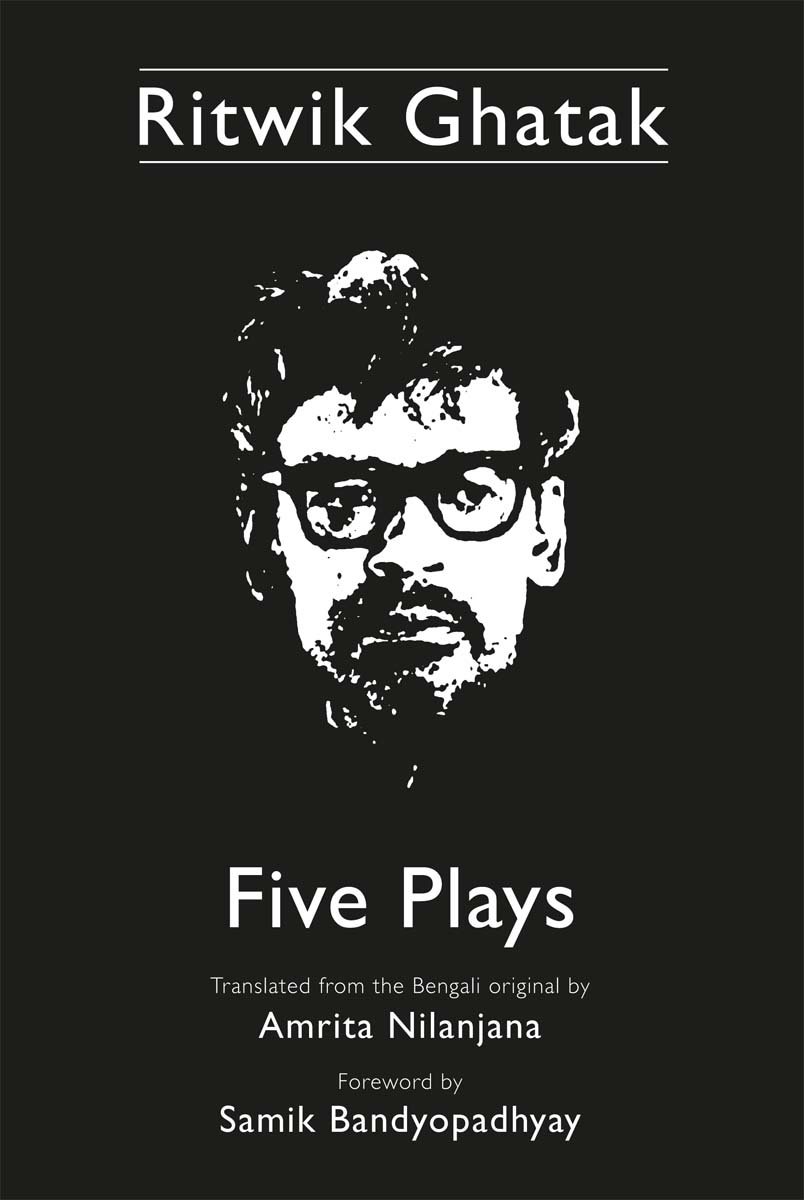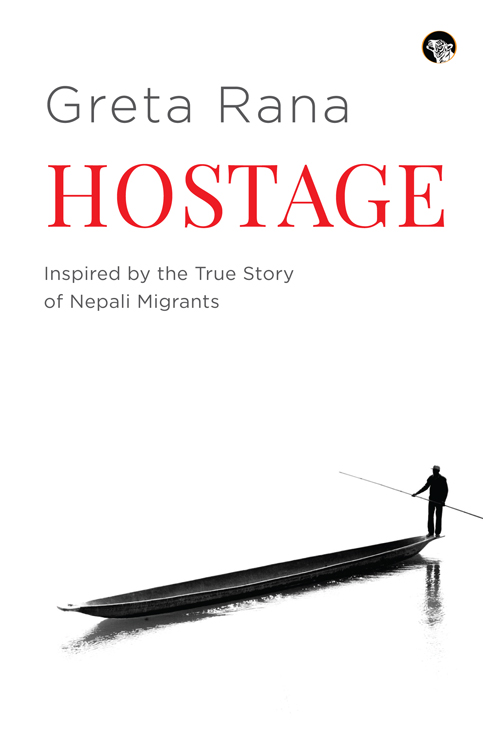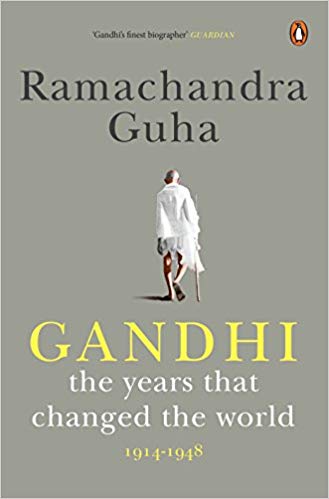Like a skilled gem cutter, Nabendu Ghosh in his short story collection That Bird Called Happiness: Stories facets and cuts that universal yet complex emotion called Love until it sparkles with brilliance, throwing a different light in each of the stories.
Archives
March 2019 . VOLUME 43, NUMBER 32018
Wars come and wars go. Some die, some survive. The dead are supposed to be mourned and the survivors expected to move on. Wars are routine affairs in, as we habitually say, the post-1945 world. By their very banality, wars compel us to treat them as such. The force of banality is so tremendous that we are tuned and sometimes choose not to see it all.
How do you write about violence without being didactic or banal? Living as we are today in a world spiralling into deeper gyres of conflict, how do you represent the slow unravelling of the self fronted with pain and loss beyond control, beyond comprehension, beyond understanding? Bombarded with a constant battery of sound and image, of urgent words tearing across our networked minds, it is increasingly difficult to sustain interest—to say nothing of outrage.
Benares or Kashi or Varanasi is a revered place in Hindu religion. A city located on the banks of the river Ganga in Uttar Pradesh, it is regarded as the holiest of the seven sacred cities (Sapta Puri) in Hinduism. Hindus believe that death in the city brings salvation for the soul, thereby making the city a major pilgrimage centre. Of particular note in the city are its ghats, where various religious ceremonies take place.
If you are at that stage in life where you are looking back and reminiscing about your journey called life so far, well then this collection of twenty translated stories is for you. Saikia’s stories are like a soft breeze wafting across you brushing away the cobwebs of forgetting and reveal emotions, long buried passions, and the whisper of dreams long forgotten.
Domoruchorit by Troilokyonath Mukhopadhyay is a collection of seven stories describing the incredible adventures of Domorudhor, located in the outskirts of Kolkata at the turn of the nineteenth and twentieth centuries. Dipesh Chakrabarty’s introduction discusses the folkloric tradition that is discernible in the text, and places it in the tradition of novels in which the protagonists narrate tall, exaggerated tales about themselves.
The articulations of caste and its deployment in India are grey areas that have been swept under the carpet and often rendered invisible in our quotidian lives. Many believe that it is a thing of the past that need not be talked about so vehemently today. But the agony of its experiential terrains, as recorded and performed by the millions who continue to be oppressed by its multipronged techniques of naming and shaming, both covert and overt, is profoundly revelatory.
Nasreen Munni Kabir’s book Jiya Jale is a fascinating account of trying to understand Gulzar’s poetry in order to translate it. The conversation tries to unravel the meaning of the poet’s lyrics and in the process we get a ringside view of not only the complicated art of translating songs but also insights into the craft of lyric writing. Gulzar lays a lot of stress on the craft of writing; according to him ‘one should master the profession one practices.’
A ficionados of Hindi film music (present reviewer included) seriously believe that the output of songs from the Golden Era (1940-1970) is so rich and diverse that there is a song to describe every single emotion, feeling that we are aware of, as well as those that might be subconscious and subterranean. There is a eureka moment each time one encounters a song that manages to guess one’s exact feelings and puts it just right.
Malvika Maheshwari’s book on the extra-constitutional attacks on artists and artworks in post-Emergency India, adds productively to the literature on free speech and censorship. Emerging out of her PhD dissertation and research conducted between 2008 and 2016, the book maps a history of `hurt sentiments’ and violent attacks through studying a selection of controversial events.
Reading through Dance Theatre of India: Crossing New Aesthetics and Cultures, there are two questions that arise from the preface itself: 1. Who is the intended audience for this book? And by extension, who then should the reviewer be? 2. What are the basic assumptions and attitudes that seem to underlie the lens of research and the form of writing?
2018
A sequence in Komal Gandhar (1961) is where the camera dollies towards the dead end of a railway track. The tracks end at the banks of the Padma. On the other side of the Padma is Eastern Bengal or East Pakistan. As they stare into the vast expanse of the Padma with itinerant vessels plying along the waters, Anusya shares with Bhrigu that her ‘desh’ is on the other side and that the sight of the other Bengal has saddened her.
Theatre has been the oldest art form known to humankind—an art form that surpasses class barriers to facilitate an egalitarian representation of community’s aspirations, ideas and responses. In fact it is an evocative medium that articulates the identities of societies all over the world. As Monica Mottin remarks, her intent is to probe how reflectivity and ambiguity can allow for the aesthetic space to become a transformative space.
Trying to understand Indian urbanism is like the proverbial story of the blind men trying to describe the elephant. Scholars, professionals and engaged commentators who have written about the phenomenon and consequences of postcolonial urban development in India have provided partial insights into the nature of the beast they have ‘touched’, but in sum, its complexities have eluded the kind of understanding that would have enabled any agency, state or market, to effectively engage with its welfare and maladies.
There is something to be said about the way digital technologies have captured policy and popular media attention in world capitals. From Washington DC to Berlin, from Ankara to Delhi, there is a growing sense of foreboding, desperation even, to respond to the rise of online networks and various social media platforms. Leaders world over are trying to fit the networks into existing frameworks of public policy and with every passing year the task seems more and more arduous.
The book under review is a critical analysis of subalternity in India, which is in contrast to both the postcolonial and postmodern approaches that have dominated academia for the last three decades or so. The author is critical of the postcolonial studies, represented by the Subaltern Studies project, for drawing untenable boundaries between liberal-constitutional modernity and subaltern `ethnicization`.
This is a rather bulky book…
2018
Greta Rana’s Hostage is both a political and personal story of displacement and violence that puts the reader in the thick of a migrant’s turbulent and unpredictable life. Unlike an academic study that structurally locates migration within specific national projects, Rana’s book, based on true stories of Nepali migrants, offers a critical humane perspective from the other side.
Since the middle of the 20th century, one of the definitive figures of political life has been the refugee. Whether we look at writings about minorities, the stateless and unwanted people, or we look to large-scale violent dislocations of populations during the Partition of India, or to the large-scale displacement of Palestinians with the establishment of Israel, the refugee is a figure that marks the modern world.
Milinda Banerjee’s The Mortal God is an interesting and incisive intervention on the issue of Indian attitudes towards power and conceptualizations of rule. It explores the issue of ‘Imagining the Sovereign in Colonial India’ through a wide lens, managing to adroitly bring the readers’ attention to notions of sovereign figures and sovereignty at various levels of Indian society, from the British colonial thinkers, to Indian elite among the nationalists, as well as popular conceptions among the subaltern figures of the peasant and the tribal.
British rule provided for administrative unification, unified communication within India, with English as the link language. This created a pan-Indian space in which it became possible for Indians to ‘imagine’ India. Some tried to imagine a pan-Indian identity. Others imagined a nation based on caste and religion. Yet others preferred to plead for people to subordinate the idea of a nation based on primordial loyalties to a pan-Indian nation based on nationalism (p. 18). These ideas form the bases of this extremely costly but thinly argued book.
In its scope and style, this book is comparable to seminal literature in agrarian history such as Tzvetan Todorov’s The Conquest of America: The Question of the Other, and Charles Mann’s 1491: New Revelations of the Americas Before Columbus and 1493: Uncovering the New World Columbus Created which, like Bhattacharya’s deconstruction of colonial documents and literature, draw on the Spanish conquistadors’ reports and journals to describe the ‘settling’ of the Americas.
We need to think carefully about Hinduism today. On the one hand, we have the Hindutvavadis who fabricate a whimsical, fantastic, malignant history of Hinduism. On the other, we have the secularists (Left, modernist, developmentalist) who evade an engagement with the history of Hinduism as a difficult embarrassment best forgotten. What is the truth? Take for example swa-dharma in the Manu Dharmashastra, the dharma applicable to one’s social position.
This book is a rigorous ethnographic study of religious movements in contemporary India. The author has focused upon two faith-based movements, namely, the Svadhyaya and the Tablighi Jamaat. Anindita Chakrabarti had spent several years doing ethnographic research in Gujarat, Mumbai and Delhi. As a sociological study, it states its aims very clearly. It wants to create a dialogue between the broad sub-discipline of sociology of religion with the theories of social movements and collective action.
It is always a daunting task to review very lengthy books, and Ramachandra Guha’s latest offering, Gandhi: The Years That Changed The World, 1914-1948 (2018) is humongous by any standards. The book spans more than a thousand pages, and covers practically every month of Gandhi’s life in India after his return from South Africa in 1915 to his tragic assassination in 1948.
Nyla Ali Khan’s Sheikh Mohammad Abdullah’s Reflections on Kashmir seeks to restore the centrality of Sheikh Abdullah in Kashmiri identity politics. At a time when this politics has been sufficiently radicalized and gone much beyond his ideology and political values, the book seeks to portray him as the statesman who was much ahead of his time and had the ability to take bold decisions which were not particularly popular but were required as per the situation of the time.

